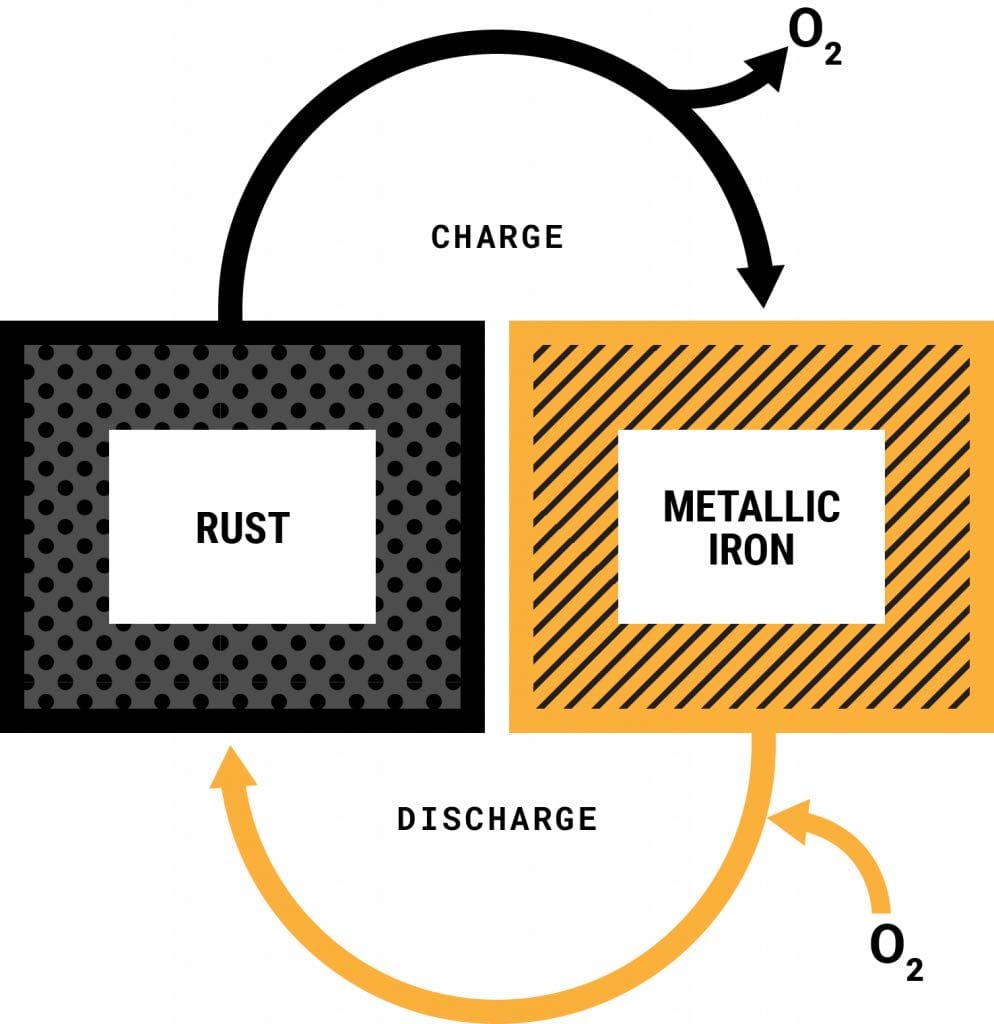Form Energy Powers Up Maine with Revolutionary Iron-Air Batteries

A $147 Million Project Aims to Strengthen New England’s Energy Grid with Unmatched Multi-Day Storage
Table of Contents
- Project Details
- Backing from the US Department of Energy
- Why this Matters for New England
- Understanding Iron-Air Batteries
↓ Member Exclusive Content, Sign Up for FREE to Access ↓
Exciting things are happening in Lincoln, Maine, where Form Energy, a Massachusetts-based green energy startup, is revolutionizing energy storage. This site, a former pulp and paper mill, will be used to deploy Form Energy's innovative iron-air batteries.
Project Details
Form Energy’s upcoming project is more than just a typical battery installation. They’re planning to flow 85 megawatts of power into New England’s grid, sustaining that output for ~100 hours. That’s a total of 8,500 megawatt-hours, enough to keep the lights on during those critical high-demand periods. CEO Mateo Jaramillo emphasized the importance of this project, highlighting its potential to strengthen the region’s power infrastructure, especially as New York’s environmental policies limit new fossil gas supplies.
Backing from the U.S. Department of Energy
Form Energy has secured $147 million in funding from the U.S. Department of Energy, as part of a broader $389 million initiative to bolster New England’s grid. This funding is crucial for the installation of these iron-air batteries, which could be a game-changer for the region.
Why It Matters for New England
The Lincoln project is part of a larger effort to address the energy challenges in New England, where limited fossil fuel supplies have made the grid vulnerable.
Form Energy’s solution? A cutting-edge battery system that can store and deliver power during peak demand times, ensuring a more resilient and reliable energy supply.
But there’s still some paperwork to be done. The project requires finalizing leases and filing for grid interconnection, but with a target completion date in 2028, Form Energy is well on its way to making this vision a reality.
A First for Form Energy!
This isn’t just another project for Form Energy—it’s their first independent venture. While they’ve collaborated with companies like Great River Energy, Southern Company, and Xcel Energy, this project in Maine is their debut on the solo stage. It’s a bold move, backed by their recent expansion, including an 800,000-square-foot manufacturing facility in West Virginia.
What are Iron-Air Batteries?
Iron-air batteries are a new type of battery that stores energy by using iron and air. They work through a simple process:
- Discharging Energy: When the battery is used, iron inside reacts with oxygen from the air, creating rust and releasing electricity.
- Recharging: When the battery is charged, the rust turns back into iron, and the oxygen is released.

Why They Matter:
- Long-Lasting Power: These batteries can store energy for up to 100 hours.
- Affordable: Iron is cheap and abundant, so these batteries could be less expensive than other types, like lithium-ion.
- Safe and Scalable: They’re safe to use and can be made in large sizes, which is great for powering entire communities or stabilizing the energy grid.
Form Energy’s iron-air battery technology is poised to set a new standard in energy storage. These batteries, which operate on the principle of “reversible rusting,” are not only cost-effective but also safer and more environmentally friendly than traditional lithium-ion batteries. And with no heavy metals involved, they’re highly recyclable too.
The Maine project is just one part of Form Energy’s broader strategy, with similar projects already in the works across the U.S. By 2028, this facility in Lincoln could be the largest multi-day energy storage site in the world, providing a much-needed boost to New England’s energy security.





